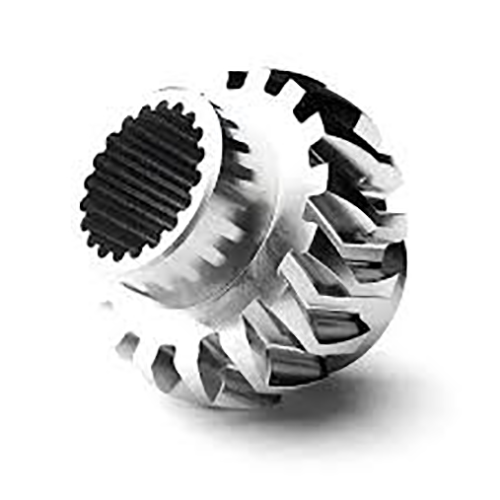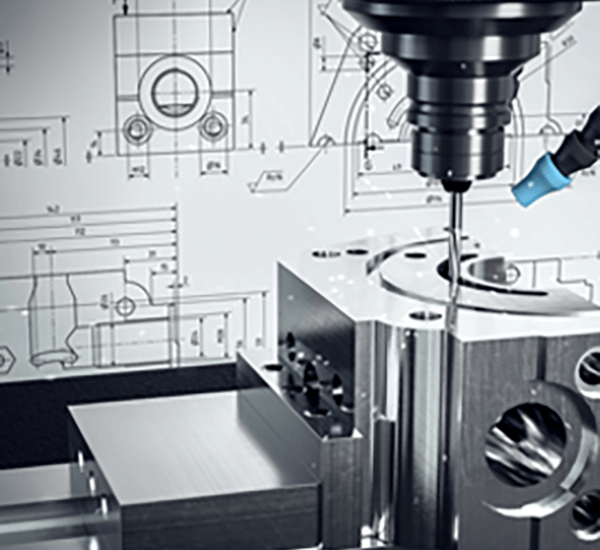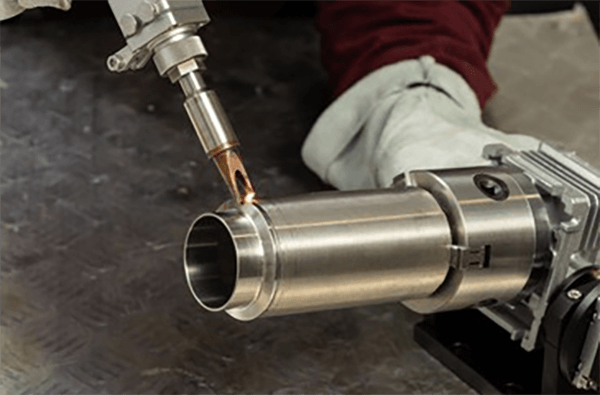
Producing the required exterior polish for a processed workpiece is highly significant.
- Engineering annotations specify detailed surface expectations for components
- Technical callouts use Ra, a measure of average irregularity, to quantify finish
- Familiarity with surface callouts is vital for achieving performance targets
- Prescribed surface characteristics govern lubrication, abrasion, and longevity
- Proper decoding of specifications is critical to deliver the expected finish
CNC Machining — Precision Engineering Explained

Programmed machining operates as a leading production process employing digital instructions the machinery forms elaborate parts with exactness.
- The technology facilitates production of complex parts across many materials
- Multifaceted CNC utility supports electronics, automotive, and aerospace production
- Automated machining provides consistent reproducibility for uniform components
Across prototyping through full-scale production CNC machining serves as a cornerstone in contemporary manufacturing
Interpreting CNC Specifications
Navigating specification tables often appears formidable at first sight
Yet armed with basic knowledge and methodical steps you can manage technical specifications
Begin by identifying the key parameters such as spindle speed feed rate accuracy work envelope and controller type
Each characteristic modifies the machine’s effective performance.
As an example, increased spindle rpm favors soft alloys and higher feed favors throughput.
Appreciating such links enables selection of equipment fit for your objectives
Be sure to refer to vendor documentation completely.
Manufacturer docs typically supply key details and decode technical phrasing
A Guide to CNC Machines: What You Need to Know
Programmed machining equipment comprises computer-managed tools for exact automated fabrication of diverse materials They operate by interpreting digital instructions called G-code to control cutting tools or other actuators.
- Representative CNC types cover milling tools, turning machines, routers, plasma cutters
- CNC workflows handle steels, aluminum, plastics, woods, and composite laminates
- Besides that CNC systems permit speedy prototyping and short production runs for businesses and research groups
Understanding CNC Machinery
They exemplify the union of precise mechanics and modern control software Adaptive tools rely on coded programs to manufacture from simple elements to detailed structures The central concept is rendering digital designs as physical parts.
- Computer Numerical Control machining
- Software control implementation
It entails finely timed actuator motions governed by software Skilled staff determine cutting conditions, observe operations, and verify finished part quality.
Influence of Finish on CNC Operations
Delivering planned surface condition during machining is necessary It impacts both functional performance and surface look The material, machining regimen, and subsequent finishing treatments contribute to surface quality.
A smooth surface finish can enhance the product's durability while a rougher finish may reduce its effectiveness CNC systems provide diverse tooling and strategies to reach required finishes.
- For example using different cutting tool geometries |carbide alloys|spindle rpm choices to produce target surface
- Supplementary finishing like polishing or abrasive grinding enhances surface
Understanding the relationship between machining parameters and surface finish is essential for achieving optimal results in CNC machining operations.
CNC Machine Basics: From Operation to Applications
This precise method uses computer-guided machinery to sculpt components from diverse substrates These machines follow digital instructions to execute intricate designs with high accuracy and repeatability Awareness of G-code, tooling, and machine operation aids successful production
Fields benefiting from CNC include aerospace, automotive, industrial manufacturing, and electronics From engine components to precision tooling, CNC enables production of sophisticated geometries
Surface Finish Standards for CNC Machining
Exact finish callout is important for CNC component manufacturing It verifies compliance with intended functional and aesthetic goals Manufacturers often rely on Ra (roughness average) to represent surface finish Noted in microns or millimeters, the value quantifies average texture height.
Balance smoothness needs with intended application when designating finish

Often a polished surface is selected when precise tolerance and fit are required
Conversely a rougher surface finish could be appropriate for applications where grip friction traction is important
Use explicit finish instructions on design documents to convey the surface requirement Provide the roughness average and detail supplemental processes or treatments needed.
Bear in mind accurate finish callouts drive better manufacturing results
Types of CNC Machines and Their Capabilities
CNC manufacturing hosts an extensive set of machines for assorted machining tasks They use CAD-generated toolpaths to control tooling for exact component production.
- Turning equipment specializes in rotating the workpiece to create cylindrical shapes
- Turning machines rotate stock to create symmetrical components efficiently
- Waterjet cutters use high-pressure abrasive streams to cut diverse materials without thermal effects
Choosing the right CNC depends on production goals material type and required accuracy Every machine class brings specific strengths that serve sectors like aerospace and automotive.
Securing Optimal Finish Using CNC Machining
Achieving a superior surface finish is crucial in numerous manufacturing processes and CNC machining offers an exceptional method for achieving this goal By leveraging precise control over cutting parameters such as feed rate spindle speed and tool geometry machinists can effectively manipulate the material removal process to produce surfaces with minimal imperfections Additionally superior tool grades and effective lubrication aid in producing refined textures Strategic toolpath planning and precise machine adjustments result in superior finish quality.
Obtaining Surface Quality via CNC Code
Skillful CNC programming directly impacts the final surface quality Machining parameter combos such as feed, rpm, and tool geometry set the surface characteristics Attentive parameter configuration alongside good coolant practice leads to superior surfaces.
- Additionally routine tool checks and upkeep maintain consistent finish quality In addition what is cnc periodic tool servicing and checks secure consistent surface quality Plus regular inspection and maintenance of tools copyright finishing standards
- To enhance finish consider workpiece material, roughness targets and use case
- CAM previews let programmers modify strategies to avoid finish defects
- Plus regular inspection and maintenance of tools copyright finishing standards
